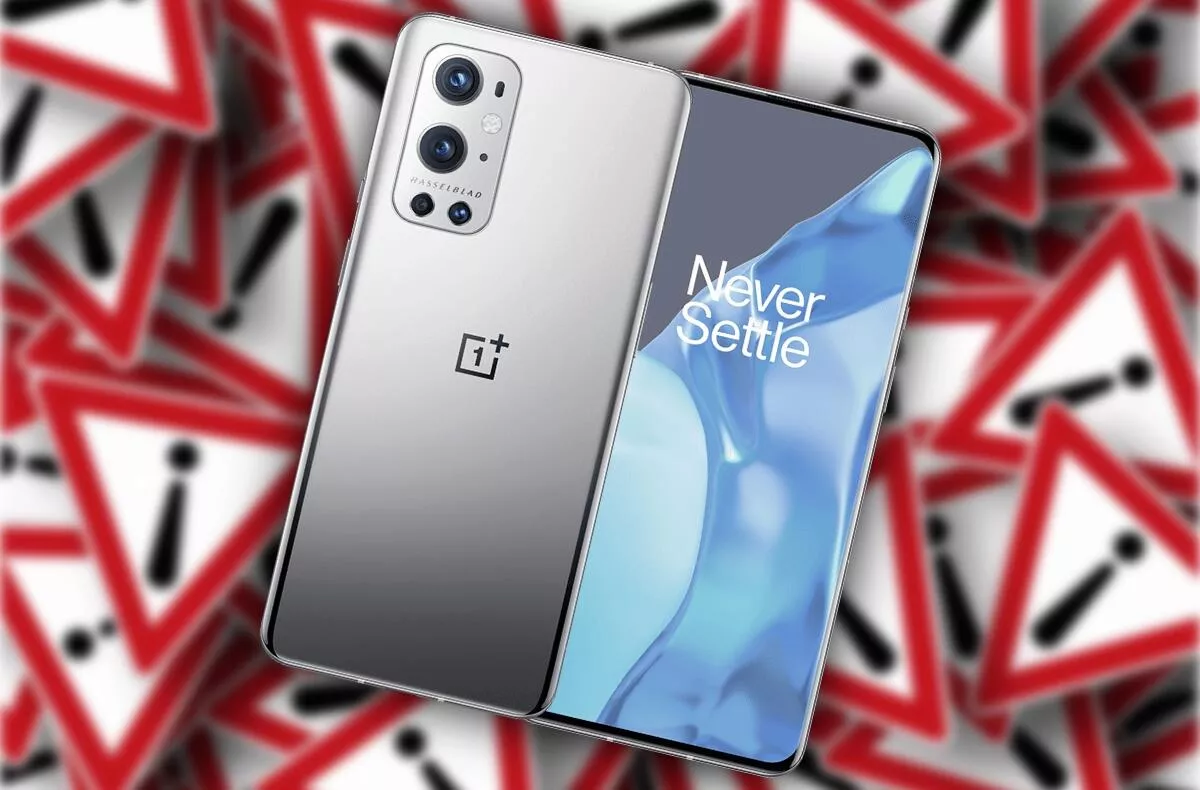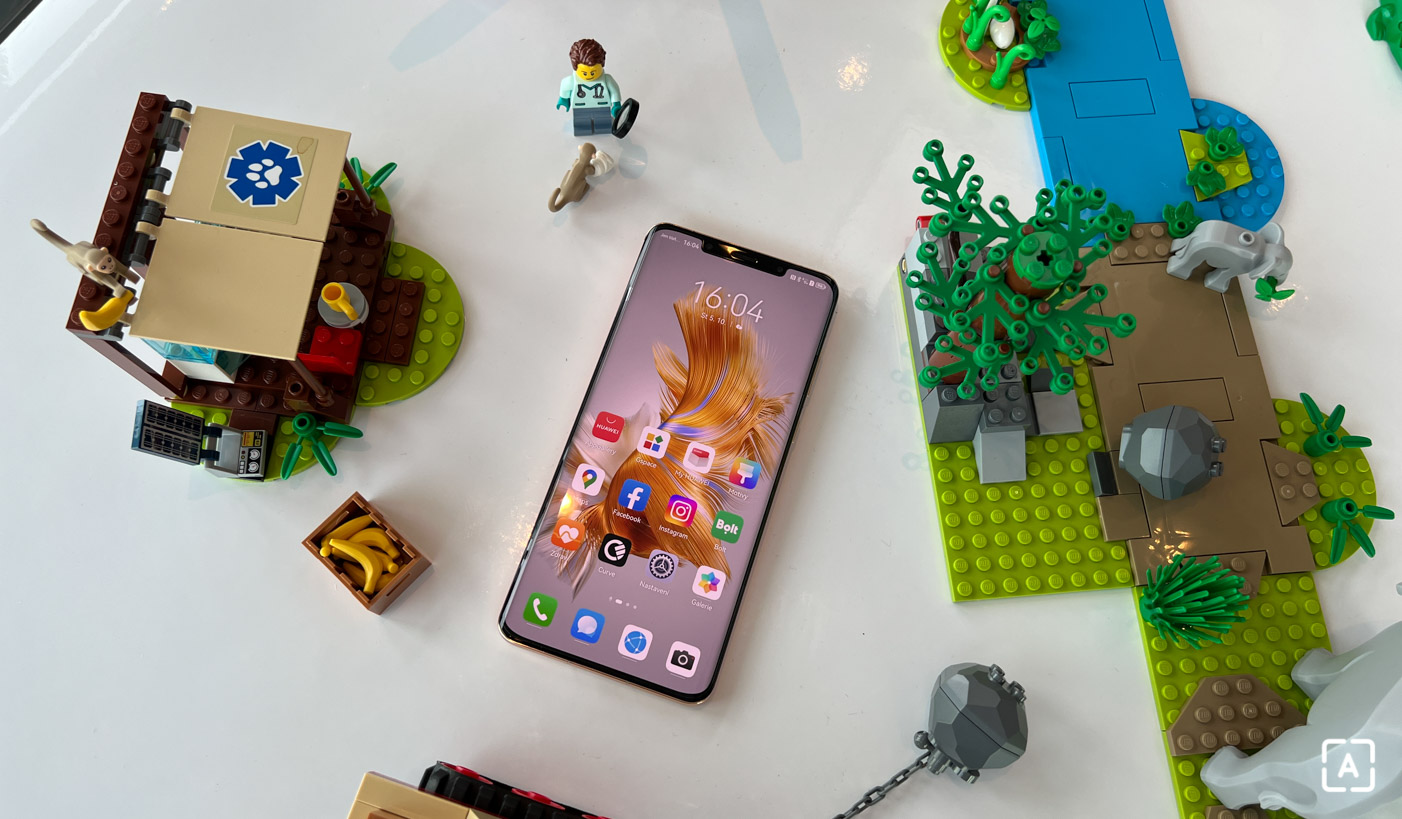Another OnePlus scam? The company slows down the best phones
Anandtech has revealed that OnePlus is manipulating benchmark results and, worse, a large number of popular applications and games. Whereas in the past, the OnePlus scam was to intentionally increase performance once benchmark testing was identified, the opposite is now happening. Benchmark testing uses the maximum performance of the Snapdragon 888 chipset, but with a large number of popular applications and games, performance is deliberately hampered and users cannot use all the performance of the OnePlus 9 Pro.
Contents
This is not the first OnePlus scam. The company has been caught in the past
A number of large companies, including OnePlus, have experienced benchmark fraud. Already with the OnePlus 3T, the company has been accused of when activating the benchmark, it increases the measure of the then Snapdragon 821 chipset. At the time, OnePlus claimed in a statement that this was a feature of the OxygenOS superstructure. Interestingly, this feature has already been removed in the next update. For a long time, it seemed that the company had learned and nothing like it had been recorded in recent years.
However, Anandtech has now discovered the exact opposite of this behavior. Maybe for incomprehensible reasons OnePlus intentionally blocks performance in many applications and games. Specifically, it is about power reduction by 20 to 35 percent, in a matter of application or game. The reason for this reduction in performance is that OnePlus prevents popular applications on the list from using the extra powerful Cortex 1 core, or significantly underclocks it. This is very good, for example, when testing the speed of browsers, when the popular Google Chrome runs much slower on the OnePlus 9 Pro than the Vivaldi, which is not on the list.
The list of “blocked” applications includes Zoom, WhatsApp, Facebook, Instagram, Snapchat, YouTube, Chrome, Firefox, Netflix, Microsoft Office, Twitch, Discord, Pokemon Go and many others. It is also interesting that popular games such as Candy Crush have been added to the block list, but of course it is not on the list if it is a performance-intensive game such as Genshin Impact, which is often used for benchmarking purposes. Probably also because the loss of performance could be seen considerably without more detailed tests as Anandtech does. One of the things they also pointed out is that Uber or Uber Eats applications have been slowed down, but competing Lyft or Grubhub services (something like Let’s Give Food) are taking full advantage of the Snapdragon 888 chipset.
In the image below you can see the performance in Geekbench 5. Twitter Spoof is again Geekbench 5, which was disguised as Twitter and therefore was on the list of blocked applications and did not get maximum performance of Snapdragon 888. The same is true for the PCMark Work benchmark, which was in the second testing disguised as LinkedIn.
The first reactions did not take long and The authors of the Geekbench application have decided to exclude OnePlus 9 Pro and OnePlus 9 phones from the ranking and added that they would test other OnePlus phones for the same manipulation. The reason this is addressed at all is that users do not get the same chipset performance in everyday use that is shown in the benchmarks. After all, OnePlus often relies on these. It still tries to render the device in better light, just instead of increasing performance when benchmarking, it intentionally reduces the phone’s performance in most other activities.
It’s disappointing to see OnePlus handsets making performance decisions based on application identifiers rather than application behavior. We view this as a form of benchmark manipulation. We’ve delisted the OnePlus 9 and OnePlus 9 Pro from our Android Benchmark chart. https://t.co/G40wmWeg7o
— Geekbench (@geekbench) July 6, 2021
Why does OnePlus intentionally slow down applications and games?
OnePlus’s statement at the time of writing is not available; in any case, Anandtech also offers two explanations for why OnePlus actually decided to take this step. The main reason is to increase battery life. OnePlus 9 Pro is not so good in terms of endurance, even though it uses LTPO technology on the display, which was supposed to help with endurance. Even with the reduced performance of the chipset, the phone lasted 11.7 hours of browsing the web. While the Samsung Galaxy S21 Ultra with the same LTPO technology and the Snapdragon 888 chipset with maximum performance lasted 13.9 hours. In addition, if the OnePlus 9 Pro had maximum active CPU power, the endurance gap would be even greater. After all, in our review of OnePlus 9 Pro, we criticized the battery life.
Another option, according to Anandtech, is to there was an error in the configuration of the OxygenOS superstructure and we see the real performance of OnePlus phones in those applications on the list, and due to a configuration error or inaccuracy, lesser-known applications and games get higher performance and access to the powerful Cortex X1 core, which they shouldn’t normally have. Of course, this explanation has the biggest problem in the fact that it is not the benchmarking application or games that are used for benchmarking. Genshin Impact is quite a popular game.
Do you think OnePlus is cheating or will it be a mistake?
Source: anandtech.com




